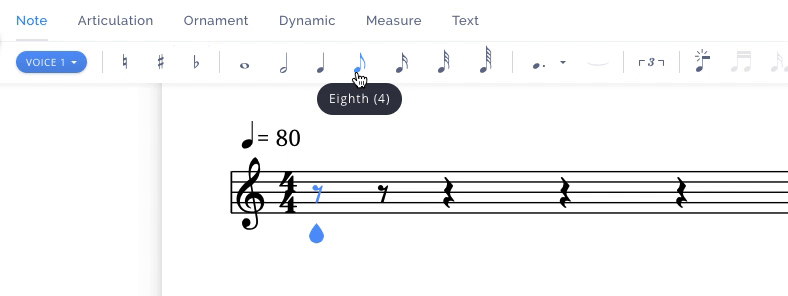

When it comes to very thick or high-tensile-strength material, traditional rules for determining minimumīend radii, minimum punch nose radii, die openings, bending force calculations, and tooling requirements may no longer apply-at least not in the same way that they do when working with thinner gauges.īecause the workpiece can be extremely thick and strong, you need to understand the variables and learn how to work with them.


Likewise, plate steel varies in strengths from mild varieties to some very high-strength materials such as Hardox ®. While sheet metal gauges run from 0.005 to 0.249 inch thick, aluminum and steel plate thicknesses start at 0.250 in. Figure 1: A plate’s grains run parallel to the rolling direction.


 0 kommentar(er)
0 kommentar(er)
